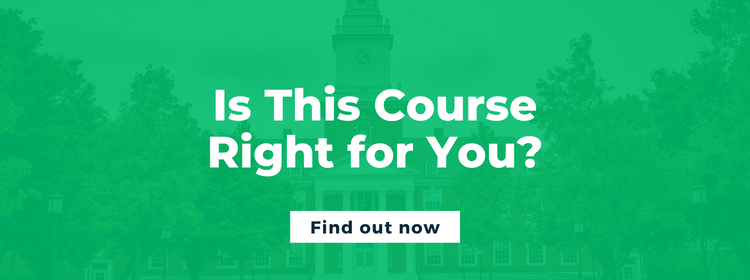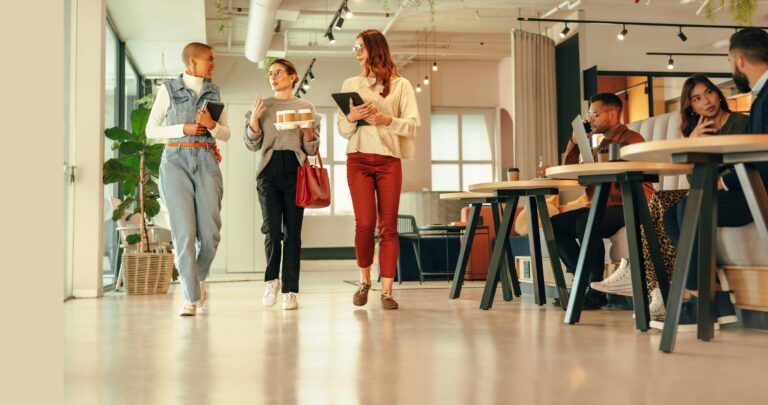3D Prototyping in Product Development: The Next Big Thing?

Product development has become quite the buzzword in recent times. But, have you ever wondered how it impacts our daily lives? In that regard, the best example of product development is 3D prototyping that led to the mass production of the face shield, with leading prototyping experts such as Martin Culpepper at MIT, during the pandemic. Product development, in an ever-evolving digital landscape, is a complicated process that not only involves a deep understanding of sophisticated technology but also accounts for present-day global issues. This takes us to rapid prototyping which mitigates the risks associated with product investment. It also allows teams to refine the outcomes using consumer feedback. In fact, rapid prototyping is a future-forward solution that gives precedence to long-term gains.
Traditionally, manufacturing processes demanded expensive setups and equipment, thus making custom prototypes rather expensive. While makeshift models were the primary reference point for product developers, they seldom matched the finished outcome. They also lacked the quality and finesse of functional prototypes. Today, with Artificial Intelligence (AI) and machine learning, rapid prototyping turns ideas into practical proofs of concepts. Moreover, its high-fidelity prototypes are guiding mass production.
An Introduction to Rapid Prototyping
In a nutshell, rapid prototyping involves four core aspects: designing, printing, measuring, and iteration. Using a select group of techniques can be used to forge a scaled model of a physical part of a product. Or assembly by Computer-Aided Design (CAD) data. Rapid prototyping is synonymous with 3D prototyping and additive manufacturing. All three employ similar additive fabrication techniques in place of conventional subtractive methods.
Layered additive manufacturing and rapid prototyping, however, share a closer association than the rest. The former method embraces the freedom of ideation and creation, eliminates the need for costly tooling, and produces high-fidelity prototypes. While other technologies, such as high-speed machining, casting, molding, and extruding, are also used, the final objective of rapid prototyping remains unaltered. It focuses on greater clarity of a product’s real-time utility, value, and scalability.
ALSO READ: Product Strategy: An Easy Guide to Everything You Need to Know
A Manufacturing Solution for a Future-Forward World
Once valued at $15.10 billion, the 3D prototyping industry is projected to reach $83.90 billion by 2029, at a Compound Annual Growth Rate (CAGR) of 24.3% between 2022 and 2029. This is because there are clear Unique Selling Propositions (USPs of rapid prototyping that make it indispensable for modern-day product development. In addition to employing diversified and efficient technology, it prioritizes human needs, motivations, and behavior in its very conception. As opposed to a popular misconception, customers are less likely to view early-stage shortcomings as weaknesses.
With rapid improvements in each prototype, the process highlights product development teams’ agility, speed, and efficiency. While subsequent iterations may delay the product release, the final business outcome has a significantly high chance of meeting customer expectations and driving organizational growth. In this sense, rapid prototyping is one of the most powerful tools for delivering quick, efficient, and quality products.

Benefits of Rapid Prototyping in Product Development
- Physical iterations empower designers to convey their ideas more effectively than visualizations and pave the way for actionable user feedback.
- It offers greater flexibility in terms of implementing changes, thus eliminating the need for trial and error that slows down the development process.
- It allows engineers to execute frequent revisions based on real-time feedback and testing.
- Rapid prototyping is a time- and cost-efficient method that does away with expensive tooling and setup along with the costs incurred in outsourcing.
- Product development involves thorough tests and identifying design flaws in the early stages of the process. In this regard, rapid prototyping allows designers to test prototypes that closely resemble the final product, thus minimizing errors before manufacturing.
Why Rapid Prototyping Is Crucial to the Future of Product Development
By now, we have established that a planned, full-scale model is better positioned to reveal flaws and underscore potential challenges before moving into large-scale production. This is where the impact of rapid prototyping on product development is most highlighted. Methods such as 3D prototyping, Computerized Numerical Control (CNC), Service-Level Agreement (SLA), and Selective Laser Sintering (SLS) allow designers to represent fully functional versions. More importantly, rapid prototyping methods continue to evolve and improve. Their applications are manifold and bind together several other methods to streamline the process on the whole. For instance, CNC can be applied to metals and plastics both and is a highly advanced prototyping method. As a combination of welding and gluing, it is also useful in testing the strength and integrity of product parts.
The importance of rapid prototyping in the future of product development is further foregrounded in three key aspects. They are:
- Its focus on constant innovation
- The prominence given to customers
- High-speed delivery
1. Opportunity to Innovate
Today, it is up to business leaders to select a specific technology that strikes the perfect balance between risk mitigation and inspirational, high-quality products. Rapid prototyping, by allowing developers to test the most promising innovations, streamlines the decision-making process while eliminating excessive expenditures and providing data-driven results. Therefore, the product team and C-suite executives are empowered to make more radical product choices and deliver transformative ideas. In fact, the US Air Force noted that the development of its latest hypersonic missile was made possible due to rapid prototyping as part of the Rapid Fielding program.
2. Prioritizing Customer Needs
Products that look and work like the outcome allow engineers to understand customer feedback better and incorporate it in subsequent iterations. This interaction between the customer and the product team fosters a sense of trust and collaboration wherein the former becomes an ambassador of the product itself. Furthermore, such communication also serves as a marketing and sales tool, as customers also feel a sense of ownership, having shaped the finished product themselves.
3. High-Speed Delivery
The opportunity to test and incorporate changes is a crucial one, and rapid prototyping realizes this. On the one hand, it initially requires businesses to invest time in testing and improving designs. However, on the upside, the process ultimately proves highly economical in terms of time and expenditure by avoiding the launch of products that fail market expectations.
Parting Thoughts
As a sustainable and future-forward process, rapid prototyping sets product development on the path to success in the coming decades. The Rapid Prototyping Methodologies for Commercial Applications from MIT xPRO is an eight-week program. It delves deep into the workings of rapid prototyping—helmed by Martin Culpepper, who led the mass production of the face shield when the pandemic was at its peak. The program is a thorough introduction to rapid prototyping and its relevance and implementation in all aspects of a business. Designed for mid to senior-career product managers, designers, and engineers, the program takes an integrated approach to the present and future of rapid prototyping.
While tech continues to make huge strides, more and more organizations realize the value of strategy informed by close user interaction. Today, over one-third of organizations believe that customers are their closest allies. The consensus is clear. Rapid prototyping, in its consistency of ideating and improving, takes us a step closer to a future where innovation in products begins with the people who use them.
By Deyasini Chatterjee
Write to us at content@emeritus.org






